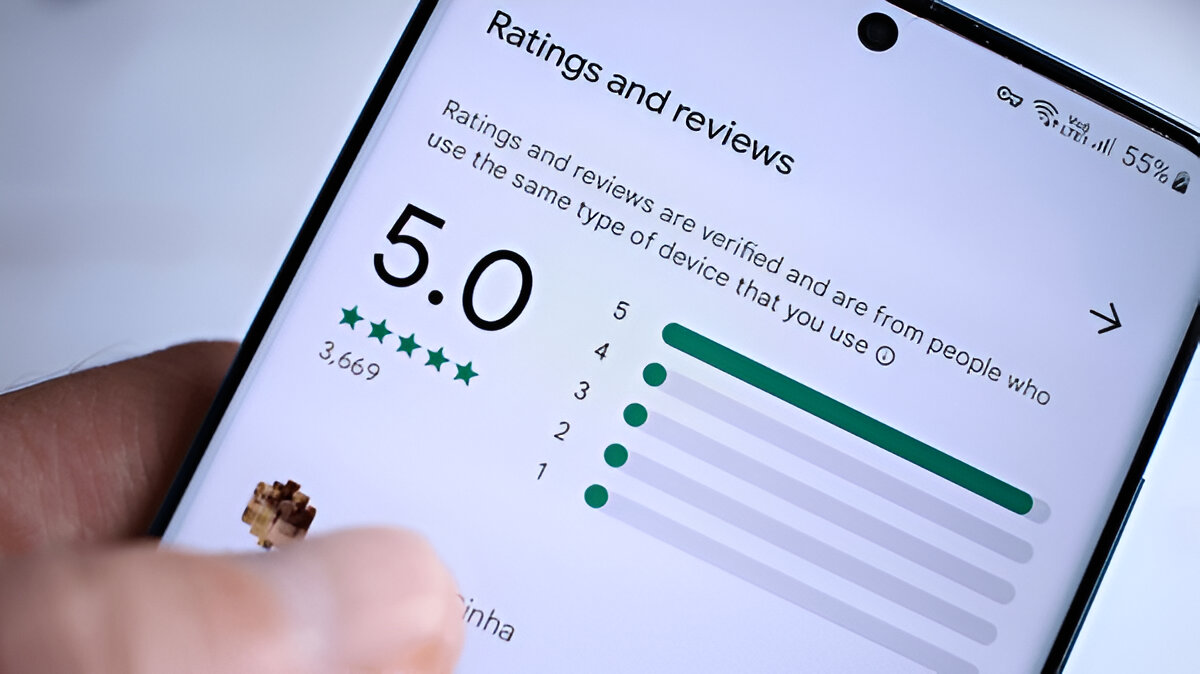In the ever-evolving landscape of technology, smart assistants have emerged as indispensable companions, seamlessly integrating into our daily lives. At the heart of these digital companions lies voice recognition technology, a field that has seen remarkable advancements in recent years. From rudimentary commands to sophisticated natural language processing, the journey of voice recognition in smart assistants is a testament to the relentless pursuit of innovation. Let’s delve into the fascinating evolution of this technology.
Foundations of Voice Recognition
Voice recognition technology traces its roots back to the mid-20th century when scientists began exploring methods to translate spoken language into text. Early endeavors were rudimentary, relying on basic pattern recognition algorithms. The watershed moment came with the advent of Hidden Markov Models (HMM) in the 1970s, which laid the groundwork for modern speech recognition systems.
The Rise of Smart Assistants
Fast forward to the 21st century, the proliferation of smartphones and the internet paved the way for the birth of smart assistants. Apple’s Siri, launched in 2011, marked a paradigm shift, bringing voice-enabled interactions to the mainstream. This sparked a fierce competition among tech giants, with Amazon introducing Alexa, Google unveiling Google Assistant, and Microsoft debuting Cortana.
Natural Language Processing (NLP)
One of the most significant advancements in voice recognition technology is the integration of Natural Language Processing (NLP). Early iterations of smart assistants struggled with understanding complex commands and context. However, with the incorporation of NLP algorithms, modern systems can decipher natural language queries with remarkable accuracy, allowing for more fluid and intuitive interactions.
Machine Learning and Deep Learning
Machine Learning (ML) and Deep Learning have revolutionized voice recognition by enabling systems to learn from vast datasets and improve over time. Through techniques like neural networks, smart assistants can adapt to user preferences, accents, and speech patterns, enhancing their ability to comprehend and respond effectively.
Personalization and Context Awareness
Voice recognition technology has evolved beyond mere voice commands to offer personalized experiences. Smart assistants can now recognize individual voices within households, tailoring responses and recommendations accordingly. Moreover, advancements in context awareness enable assistants to understand situational cues, providing relevant information based on location, time of day, and user behavior.
Multimodal Integration
The integration of voice recognition with other modalities such as text, images, and gestures has further expanded the capabilities of smart assistants. Users can now interact with their devices through a combination of voice commands, touchscreen inputs, and even facial expressions, offering a more immersive and versatile experience.
Edge Computing and On-Device Processing
In pursuit of faster response times and enhanced privacy, there’s been a shift towards on-device processing and edge computing in voice recognition systems. By leveraging the computational power of smartphones and other devices, tasks such as speech recognition and natural language understanding can be performed locally, reducing reliance on cloud services and mitigating privacy concerns.
Continuous Improvement through Feedback Loops
One of the hallmarks of modern voice recognition technology is its capacity for continuous improvement. Feedback loops allow smart assistants to learn from user interactions, refining their algorithms and expanding their knowledge base over time. This iterative process ensures that the technology remains adaptive and responsive to evolving user needs.
Domain-Specific Applications
Voice recognition technology is finding applications beyond consumer electronics, permeating into various industries such as healthcare, automotive, and finance. In healthcare, for instance, voice-enabled dictation systems streamline medical documentation, improving efficiency and accuracy. Similarly, in automotive, voice-controlled infotainment systems enhance driver safety by minimizing distractions.
Challenges and Future Directions
Despite the remarkable progress, voice recognition technology still faces challenges, particularly concerning accuracy in diverse linguistic contexts and mitigating biases. Moreover, as smart assistants become increasingly integrated into our lives, ensuring data privacy and security remains paramount.
Looking ahead, the future of voice recognition technology in smart assistants holds promise for even greater advancements. With ongoing research in areas like neural architecture design, conversational AI, and emotion recognition, we can expect smarter, more intuitive interactions that seamlessly blend into our daily routines.
The evolution of voice recognition technology in smart assistants is a testament to human ingenuity and technological innovation. From its humble beginnings to its current state of sophistication, this technology continues to reshape how we interact with the digital world, opening doors to new possibilities and transforming the way we live, work, and communicate.




